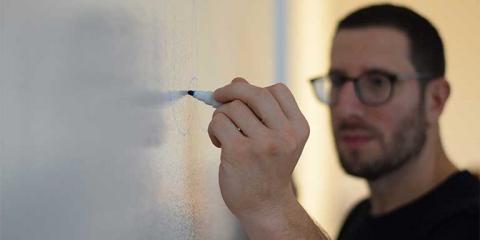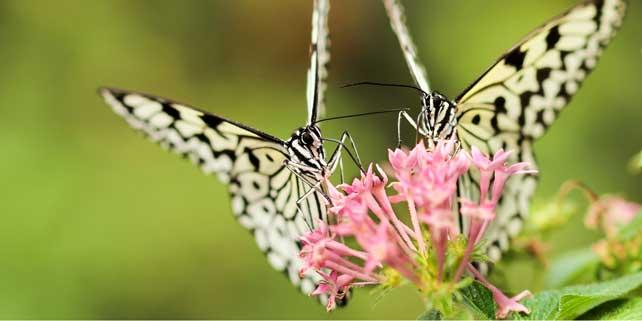
Related Class
Nature Photography Tips
- Published on

The team that teaches photography courses at American Graphics Institute have assembled some nature photography tips to help you capture the best images possible. Here are some nature photography tips for you to get the best pictures:
- Take your pictures early in the morning or towards the end of the day.
- Vary composition and shot type when photographing nature.
- Adjust exposure and depth of focus to create great images without retouching
- Use the rule-of-thirds to frame subjects in nature photography
Exceptional nature photography can stand-out without editing or manipulations, but a photographer can always learn Photoshop to add emphasis or retouch images for those that need some revisions. Following these guidelines will help you to capture the best images when taking nature photographs.
Best times of day for Nature Photography
While the best times of day for nature photography can vary for each subject or location, generally some of the most dramatic time for taking nature pictures is either early in the day at sunrise or late in the day at sunset. At sunrise, a nature photographer will find birds and animals starting to wake, and unique lighting and dramatic shadows that are not available at other times in the day. Additionally, early morning nature photography often provides the benefit of being alone in a park, before other visitors arrive.
Varying composition for nature photography
When photographing nature, vary the image composition to include both portrait and landscape. Another useful suggestion is to consider both micro and macro photography when out in nature. A close-up of a butterfly can be equally as interesting as the butterfly in-flight with a complete background.
When photographing a subject, remember to look around, evaluating a full 360 degrees for possible images to capture. Additionally, look both up and down, above and below your intended subject. Nature photography provides many unintended options which may be better than your planned subject, ranging from an interesting tree branch or birds nest above or a unique rock formation below.
When capturing a nature landscape, try to follow the rule-of-thirds by placing important elements at either the one-third or two-thirds divider either horizontally or vertically, or both. The rule of thirds in nature photography tends to create the best composition.
Nature Photography Camera Settings
Daytime outdoor photography provides enough light so that you can use an aperture of f22 which is provides for sharper images. When taking pictures of movement, such as an animal or bird you can use filters to reduce the amount of light, or adjust the speed of the shutter. You will often get the best results when using a tripod for stability when taking pictures of landscapes. Start the speed at 1/60 for movement, while landscapes often can be captured at 2 seconds.
With these nature photography tips to help improve your images, you’re all set to get outside and take some pictures.
About the author
Jennifer Smith is a user experience designer, educator and author based in Boston. She has worked in the field of user experience design for more than 15 years.She has designed websites, ecommerce sites, apps, and embedded systems. Jennifer designs solutions for mobile, desktop, and iOT devices.
Jennifer delivers UX training and UX consulting for large Fortune 100 companies, small start-ups, and independent software vendors.She has served as a Designer in Residence at Microsoft, assisting third-party app developers to improve their design solutions and create successful user experiences. She has been hired by Adobe and Microsoft to deliver training workshops to their staff, and has traveled to Asia, Europe, India, the Middle East, and across the U.S. to deliver courses and assist on UX design projects. She has extensive knowledge of modern UX Design, and worked closely with major tech companies to create educational material and deliver UX workshops to key partners globally. Jennifer works with a wide range of prototyping tools including XD, Sketch, Balsamiq, Fireworks, Photoshop, Illustrator, and Blend for Visual Studio. She also works extensively in the fields of presentation design and visual design.
Jennifer is also an expert on Photoshop, digital image editing, and photo manipulation. Having written 10 books on Photoshop, and having consulted and provided training to major media companies and businesses around the globe.
Jennifer is the author of more than 20 books on design tools and processes, including Adobe Creative Cloud for Dummies, Adobe Creative Cloud Digital Classroom, and Photoshop Digital Classroom. She has been awarded a Microsoft MVP three times for her work with user experience design in creating apps for touch, desktop, and mobile devices. Jennifer holds the CPUX-F certification from the User Experience Qualification Board and assists others in attaining this designation in leading a UX certification course at American Graphics Institute. She is a candidate for a Master’s degree in Human Factors in Information Design.


